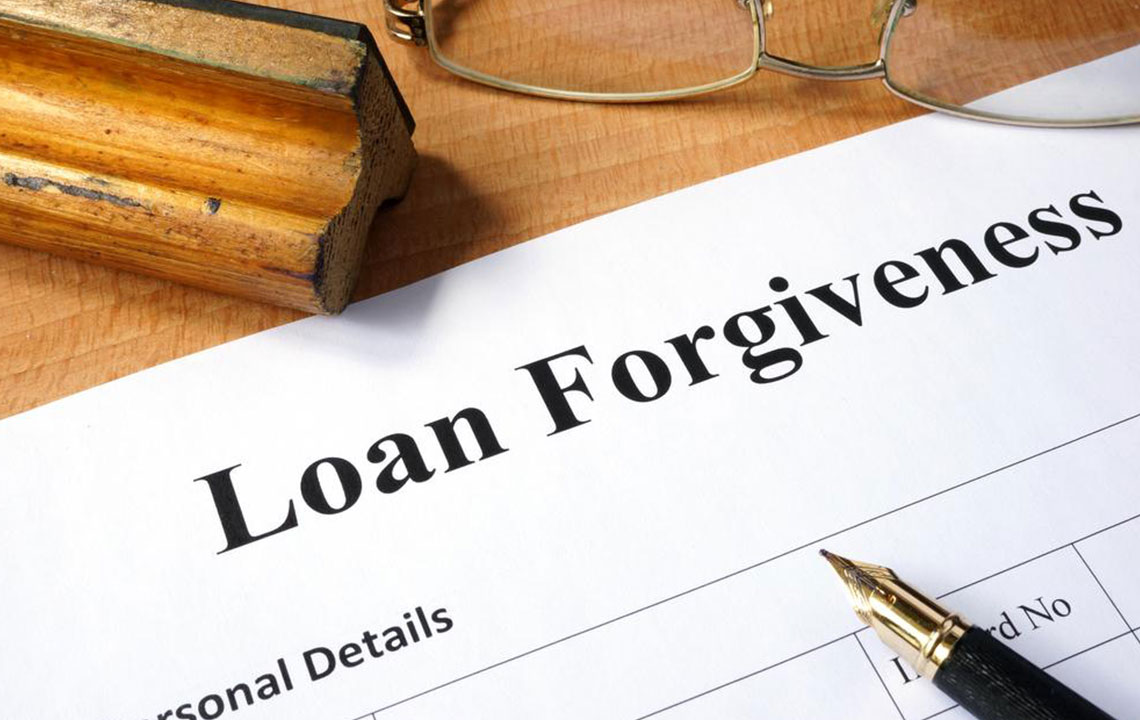Essential Insights into Public Service Loan Forgiveness Program
Discover key tips for the Public Service Loan Forgiveness program, including eligibility criteria, qualifying loans, repayment options, and employment requirements. Learn how public service workers can potentially eliminate their federal student debt after 10 years of qualifying payments.
Sponsored

PSLF is a federal initiative that cancels remaining federal student loans for borrowers employed full-time in public service roles, provided they make at least 120 monthly on-time payments, which equals ten years of payments.
This benefit applies only to payments made after October 1, 2007.
Payments made before this date are not counted toward forgiveness.
Borrowers can opt for various repayment plans such as Standard Repayment, PAYE, ICR, or IBR to complete the 10-year repayment period. Contributing most payments through income-driven plans increases eligibility chances. Eligible federal loans include Federal Direct Subsidized and Unsubsidized Stafford Loans, Federal Direct PLUS Loans, and Federal Direct Consolidation Loans.
Only Direct Loans and Federal Direct Consolidation Loans qualify for PSLF. The loans must be approved by the federal government.
Private student loans, Federal Perkins Loans, or FFEL Program loans do not qualify for PSLF.
Continuing in public service employment during the 10-year period maintains your eligibility, regardless of how many different public sector employers you work for.
After fulfilling the 120 payments and employment requirements, all remaining federal student loans are fully forgiven under PSLF.






